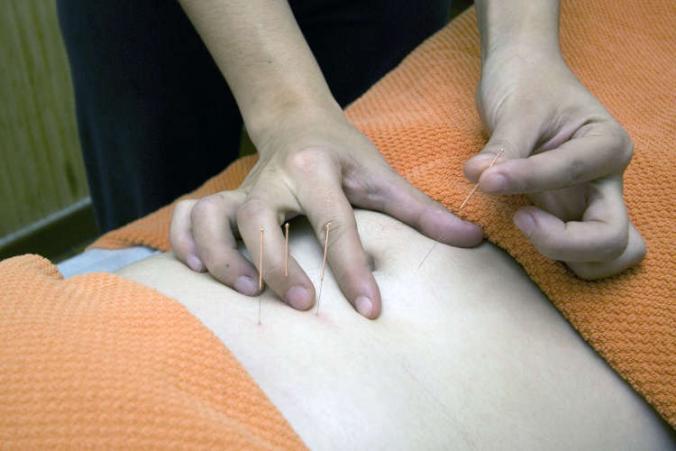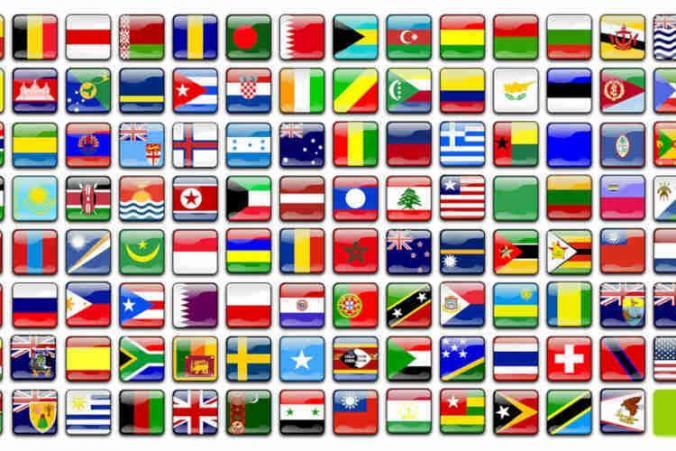Back in January, I wrote an article outlining a frustrating experience I had cross-examining a witness regarding a low back Permanent Partial Disability (PPD) rating. The witness was an Independent Medical Examiner (IME) that examined my client at the request of the Department of Labor and Industries (L&I). In his report, the doctor concluded that the PPD rating for my client’s low back condition was a Category 2. He based his opinion on the use of a worksheet that L&I developed and circulated to doctors for determining PPD ratings.
PPD Worksheet Rating
The problem was when I confronted the doctor with the language of the Washington Administrative Code (WAC). The WAC outlines the Categories of Low Back Impairment. After that, his opinion regarding the appropriate PPD rating changed. This wasn’t an uncommon occurrence with the use of the PPD worksheet, and as I explained in January:
“Some people argue that the worksheet yields more favorable ratings and some argue it yields less favorable ratings. But most experienced attorneys agree that it is inconsistent with the WAC.”
During the cross-examination, I attempted to ask questions designed to get the witness to think about the various categories outlined in the language of the WAC. Our exchange became increasingly argumentative and counterproductive. My takeaway from that experience was that I better use my energy to try and effectuate change with respect to the use of the misleading PPD rating worksheet. Fighting with a particular witness about the worksheet itself does not help the bigger picture problem.
Big win for Washington State injured workers
I’m pleased to report that last week L&I announced that effective June 1, 2019, it will no longer accept its own worksheets as a valid basis for supporting cervical and lumbar PPD ratings. Specifically, there are two worksheets that will no longer be valid. One is the “Doctor’s Worksheet for Rating Cervical and Cervico-Dorsal Impairment”. The other is called “Doctor’s Worksheet for Rating Dorso-Lumbar and Lumbo-Sacral Impairment”. According to L&I, if a rating report utilizes the discontinued worksheets, the provider must be asked for an addendum referencing the language from the appropriate WAC, and not the worksheet.
My hope is that this change will help ensure that PPD ratings for cervical and lumber conditions will be more consistent with WAC language. Hopefully, this will minimize disagreements like the one I descried back in January, which is an issue that I encounter frequently.


